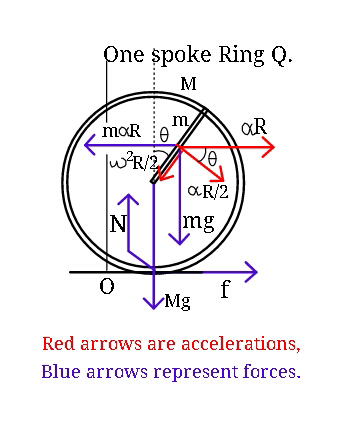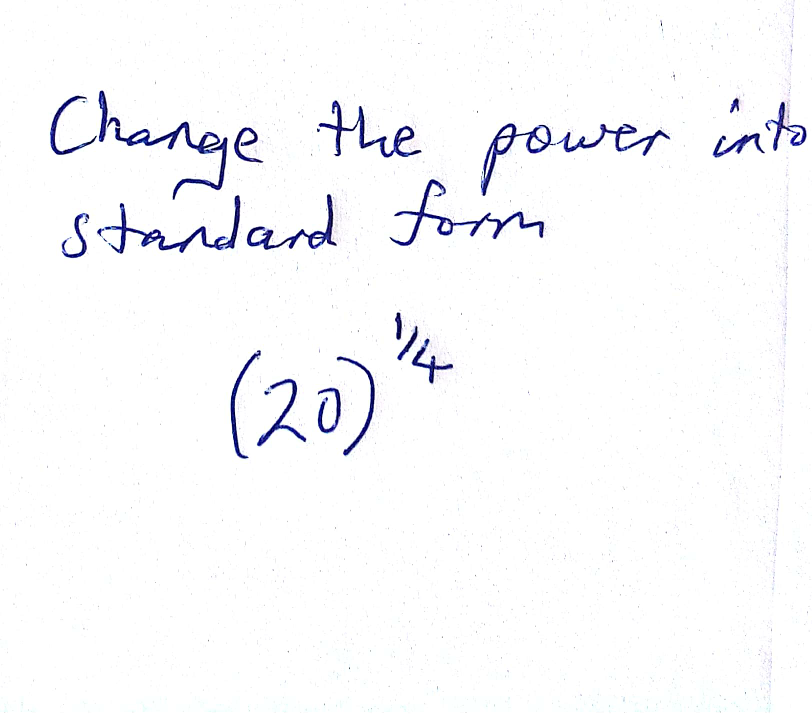
OthersQuestion and Answers: Page 131
Question Number 23617 Answers: 2 Comments: 3
Question Number 23559 Answers: 1 Comments: 1

Question Number 23556 Answers: 1 Comments: 0
Question Number 23548 Answers: 0 Comments: 3

Question Number 23585 Answers: 0 Comments: 0
Question Number 23531 Answers: 1 Comments: 3

Question Number 23520 Answers: 0 Comments: 3
Question Number 23492 Answers: 0 Comments: 5

Question Number 23489 Answers: 1 Comments: 2
Question Number 23488 Answers: 0 Comments: 0
$${area}\:{of}\:{a}\left(\mathrm{1}−\mathrm{cos}\:\theta\right) \\ $$
Question Number 23481 Answers: 0 Comments: 5
Question Number 23476 Answers: 0 Comments: 0

Question Number 23472 Answers: 1 Comments: 1

Question Number 23458 Answers: 0 Comments: 1

Question Number 23444 Answers: 0 Comments: 0

Question Number 23409 Answers: 1 Comments: 0
Question Number 23394 Answers: 1 Comments: 0
Question Number 23390 Answers: 1 Comments: 2

Question Number 23399 Answers: 1 Comments: 4
Question Number 23381 Answers: 1 Comments: 0
Question Number 23369 Answers: 1 Comments: 0
Question Number 23368 Answers: 0 Comments: 0
Question Number 23361 Answers: 1 Comments: 0
Question Number 23294 Answers: 1 Comments: 2

Question Number 23288 Answers: 1 Comments: 3
Question Number 23274 Answers: 0 Comments: 2
Pg 126 Pg 127 Pg 128 Pg 129 Pg 130 Pg 131 Pg 132 Pg 133 Pg 134 Pg 135
